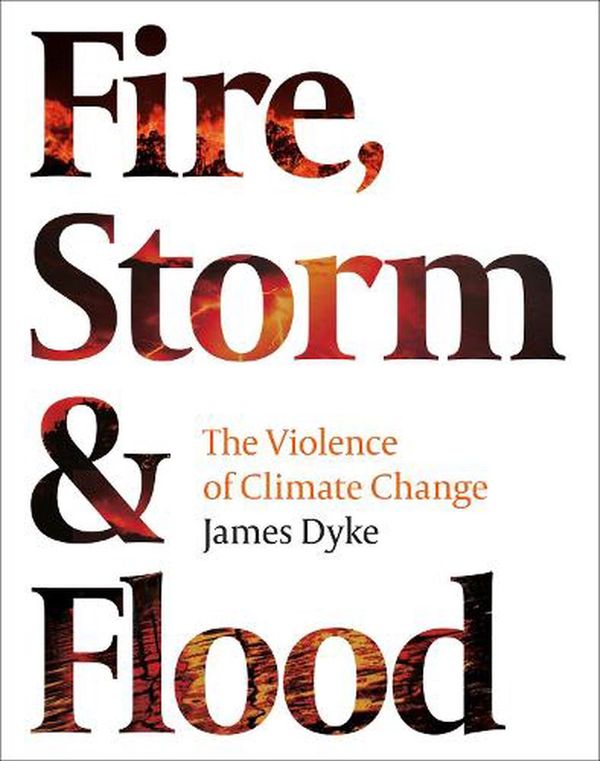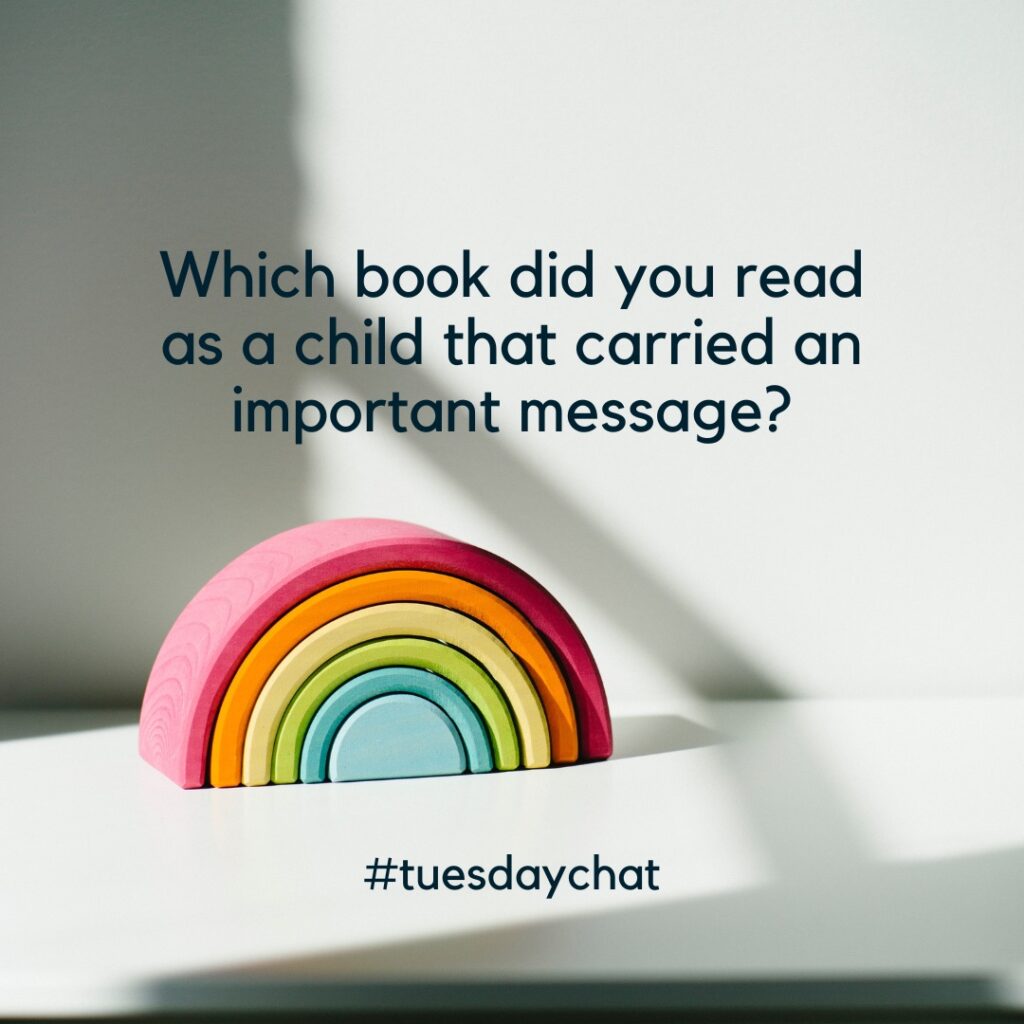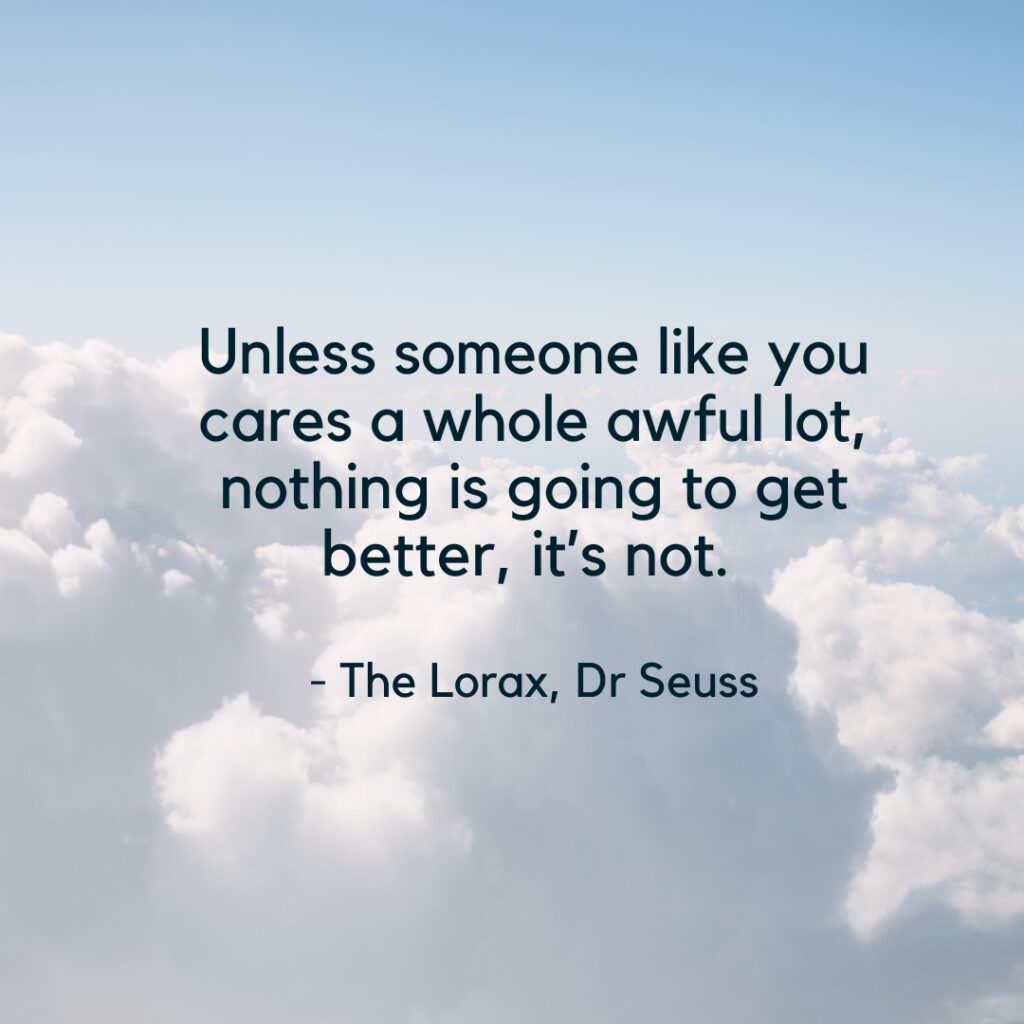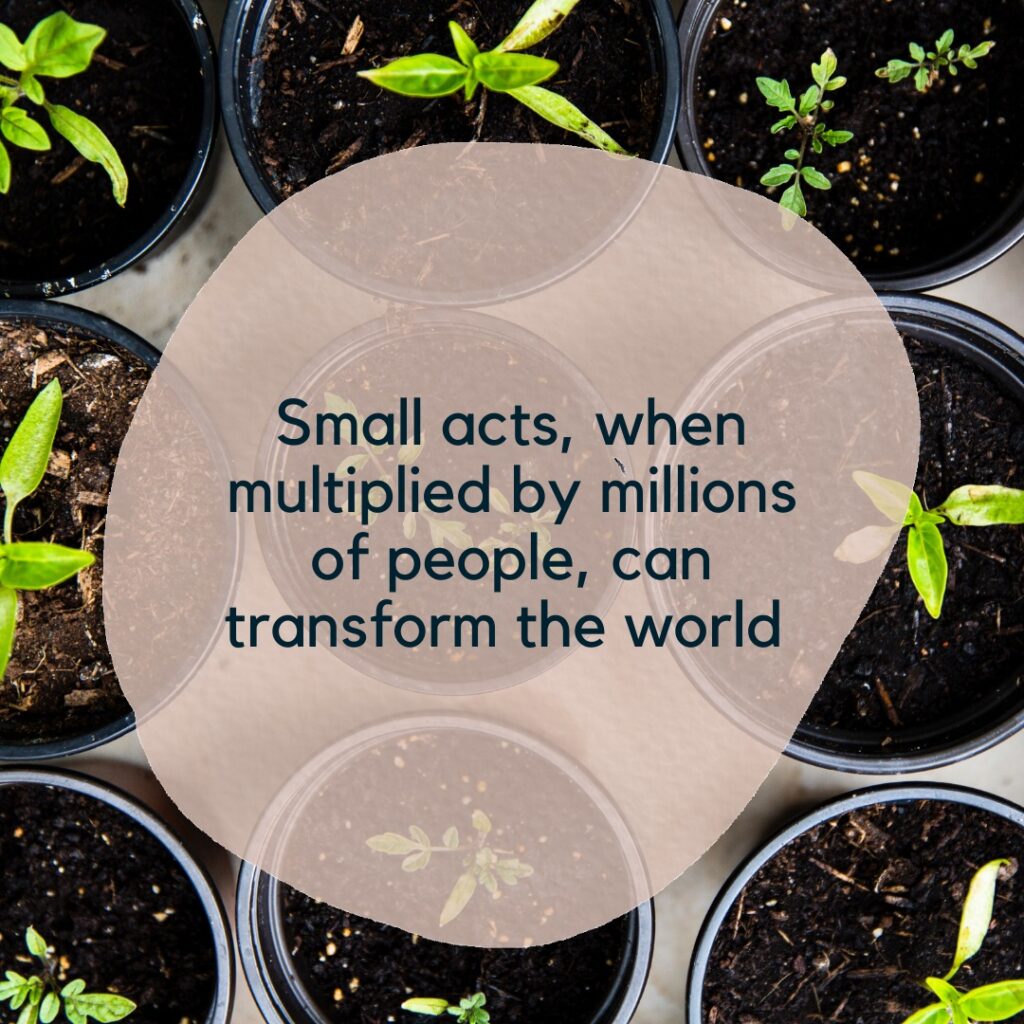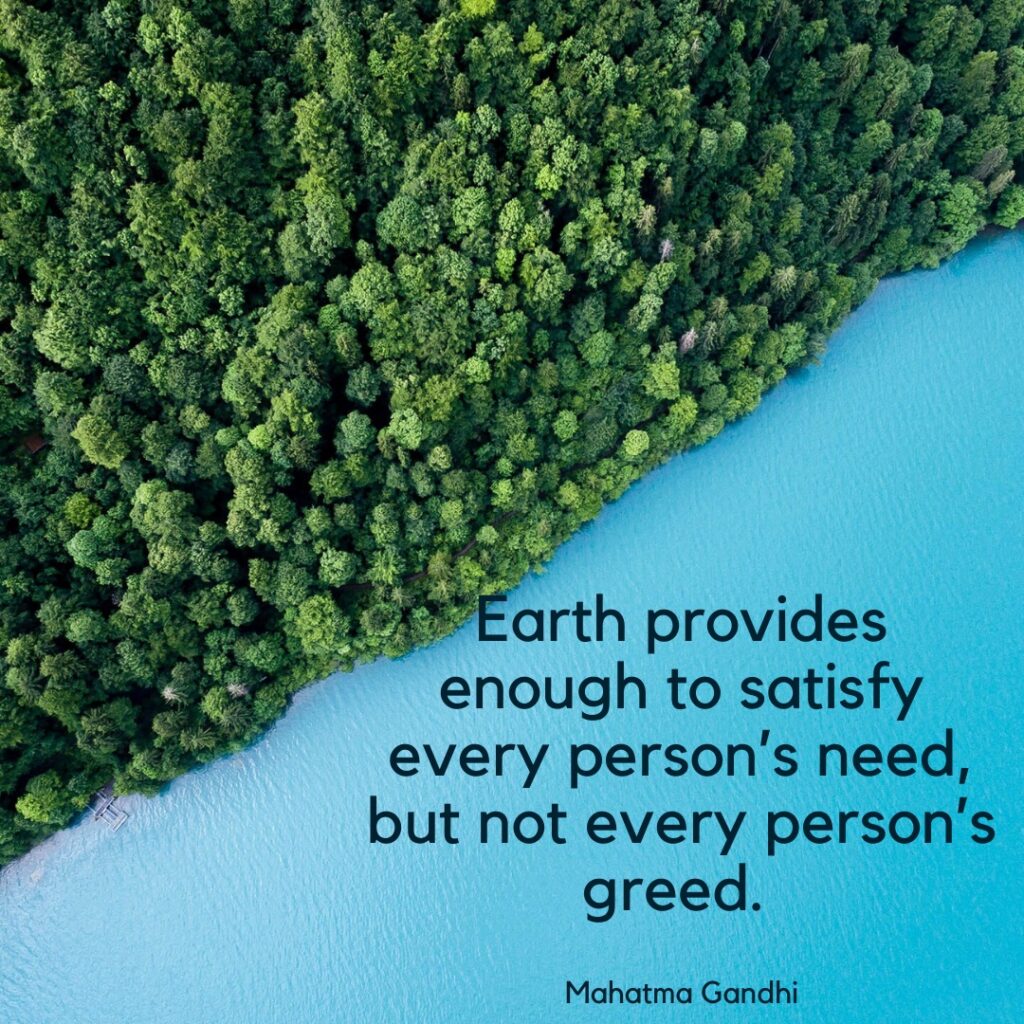It is hard to ignore the increasing numbers of unusual or unseasonal severe weather events – think floods, wildfires, droughts, snowstorms – appearing all around the world. Our “climate normal” seems to be changing – but to what? Here’s a new crop of books – by scientists, journalists and even literary writers – to help us make sense of our changing weather, and what we need to do about it.
Fire, Storm and Flood: The Violence of Climate Change by James Dyke
Fire, Storm and Flood is a book of stunning photojournalism. Violent climatic events have ravaged the Earth since time began, spanning the vast eons of our planet’s existence. These events have left their mark on both the Earth’s geological and biological records. However, in the few centuries since industrialisation, human activity has increasingly become the driver of climatic events. We are becoming a geological force, impacting the earth with a series of fires, storms and floods. The images in Fire, Storm and Flood, showing the results of large-scale fires, earthquakes, floods and desertification, have a spectacular yet haunting beauty that challenge us to reflect on the devastation caused by climate change.
Why Does Climate Change? Investigate the Causes with Erica and Sven by Laura Ertimo & Mari Ahokoivu
The climate is changing, and so should we! Why Does Climate Change? helps to answer children’s tough questions about climate change, as well as help them understand what can be done to fight it. Best friends Erica and Sven are tired of their parents’ vague answers about the weird weather happening all over the planet, so they decide to research what climate change is really about. Why Does Climate Change? uses the graphic novel format to offer accurate information in an engaging way (complete with gremlins and fairies). It is an ultimately hopeful book that explains how humans are responsible for climate change and what we can do to ensure a brighter future for generations to come. For young readers aged 6-10.
A Brief History of the Earth’s Climate: Everyone’s Guide to the Science of Climate Change by Steven Earle
A Brief History of the Earth’s Climate is the book to read before you debate with anyone sceptical of human-induced climate change. It first discusses the natural changes to the Earth’s climate over 4.6 billion years: including the effects of ocean currents, solar activity, volcanic eruptions; then shows how and why human-caused global warming and climate change is different. This up-to-date book even includes an overview of how the COVID pandemic may impact climate change. Steven Earle then reviews common arguments skeptical of climate change, countering them with logic and compelling scientific evidence. Written by a highly respected geologist and academic, A Brief History of the Earth’s Climate is a highly informative, yet accessible primer to this big topic.
1,001 Voices on Climate Change: Everyday Stories of Flood, Fire, Drought, and Displacement from Around the World by Devi Lockwood
These first-hand accounts are the human face of climate change, showing us how people and communities around the world are currently being affected. Over five years, journalist Devi Lockwood travelled through 20 countries across six continents, listening to people’s first-hand experiences of climate change – from Indigenous elders in Tuvalu on disappearing coastlines, to Australians mourning the death of their friends in the bushfires, to the Thai man who had to leave his ancestral farm because changes in rainfall made it no longer viable. Despite diverse localised experiences, themes of displacement, climate migration and food insecurity emerge. These recognisable and relatable stories make a sometimes-abstract topic vivid and urgent.
Firmament: The Hidden Science of Weather, Climate Change and the Air That Surrounds Us by Simon Clark
Physicist and science communicator Simon Clark has been popularising atmospheric science through his successful YouTube channel. His first book, Firmament, takes it one step further – showing us the history of how the science was discovered, as well as the physics of how it works. Simon Clark weaves an entertaining and exciting story of discovery, featuring adventurous scientists and often danger (such as an almost fatal hot air balloon flight in Victorian times). Learning about the atmosphere helps us to understand how weather occurs and how scientists monitor and predict weather – which in turn, helps us to comprehend climate change and mitigate its effects.
We are the Weather: Saving the Planet Begins at Breakfast by Jonathan Safran Foer
Jonathan Safran Foer is best known for literary fiction, but his expressiveness also works to create powerful nonfiction. We are the Weather is his collection of short essays about the climate crisis. With his distinctive wit, insight and humanity, Foer argues that, rather than being an insurmountable problem, there is one small change that each individual can make, that collectively can achieve a sustained and far-reaching impact on the climate crisis: eating fewer animal products. We are the Weather is not your typical big-topic nonfiction book: amongst the facts and statistics, Foer interweaves musings on family, suicide, effort, sense and individual responsibility, as well as a delicious serving of metaphor. For anyone interested in a different approach to making sense of this topic.
